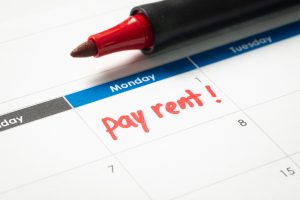In a surprising move, former President Donald Trump has unveiled a comprehensive plan aimed at remaking the U.S. housing finance system, sparking confusion and debate among lawmakers and financial experts.
Recent discussions about housing finance reforms have largely centered around improving affordability and stabilizing the mortgage market. However, Trump’s latest proposal diverges significantly from previous approaches, proposing a radical restructuring that includes new government roles and financial oversight mechanisms.
The details of Trump’s plan suggest a shift towards increased government intervention, with potential implications for mortgage lenders, homebuyers, and taxpayers. The plan appears to advocate for a more centralized control of housing finance, which has raised concerns over market competitiveness and the potential for increased taxpayer risk.
Lawmakers across the political spectrum are divided on the proposal. Some critics argue that the plan could lead to increased government dominance in the housing market, undermining private lenders and reducing options for consumers. Supporters, however, contend that the reforms could address systemic issues and prevent future housing crises.
Financial experts have expressed mixed reactions, with some warning that the plan’s complexity could create instability or unintended consequences. Others believe that any significant overhaul requires careful analysis and stakeholder input, which has yet to be fully transparent in Trump’s proposal.
Investors and market watchers are closely monitoring the response from government officials and industry stakeholders. The plan’s success depends on legislative approval, which faces an uncertain path given the current political climate.
Looking ahead, attention will turn to congressional hearings, potential amendments, and the broader debate over how best to ensure a resilient and accessible housing finance system that serves the needs of Americans while maintaining market stability.
What are the main goals of Trump’s housing finance plan?
The plan aims to increase government oversight and control of the housing finance system to promote stability and affordability.
How might this plan impact private lenders?
It could reduce the role of private lenders by increasing government involvement, potentially limiting competition and options for borrowers.
What are the potential risks of this proposed overhaul?
Risks include market instability, increased taxpayer liability, and reduced private sector participation in mortgage lending.








